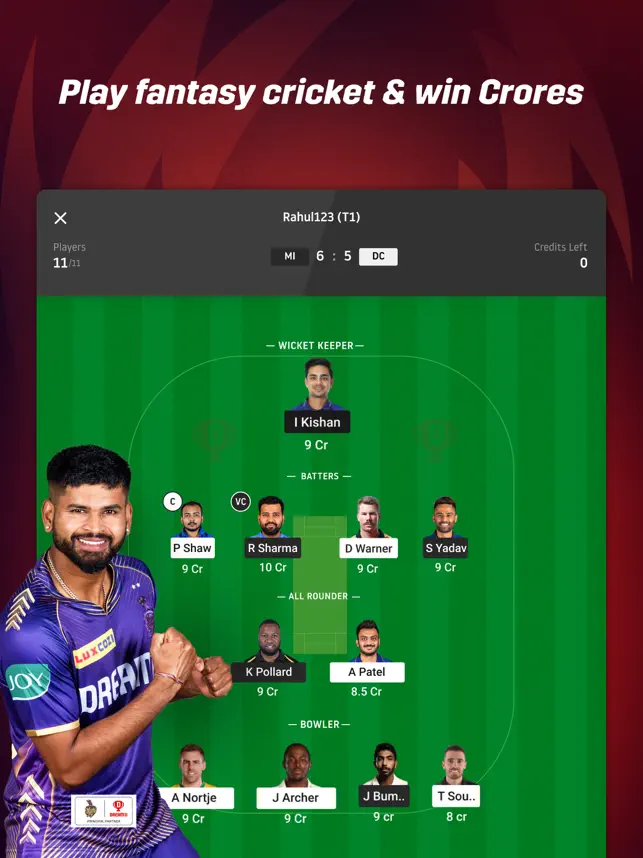Are you planning to invest in key businesses?
But you are searching for a sound medium that can help you to guide top investment portfolios.
Then, yeah, you are right; investment apps 2021 are the best option for you.
Technology plays a key role in the business and investment market. According to some experts, apps have generated more than 190 billion USD through app store downloads and in-app advertising. Investment apps become the forefront runners in the investment and trading industry. A seamless user interface, useful analytics data and excellent customer service have made investment apps a solid reason to adopt daily investment practices.
In the whole guide, you will be overwhelmed with the top 7 best investment apps that can take you to the core of investment. Let’s read the key investment apps and their top features.
Robinhood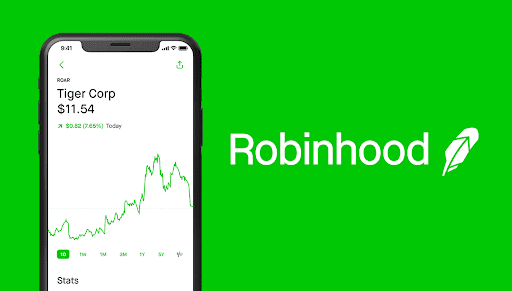
Robinhood app appears to be one of the top investment apps for everyone who is keenly interested in investment. It gives you a smooth service without the need of paying commissions on it. The app provides you to trade stocks, ETFs ( Exchange Traded Funds, a big basket of securities that you can buy or sell through a brokerage firm on a stock exchange.), Options and cryptocurrency free of cost. You can navigate easily from one screen to another screen.
Features
You can easily access any stock’s page by entering keywords on a search bar at the top of the screen. It not only gives you charts and vital statistics but also gives a panoramic overview of news feeds from top investing sites. After analyzing all the facts, you can swipe up the entered shares for its fulfillment of the order. You can deposit $1,000 in a free account. However, in a Robinhood Gold account, you can deposit $50,000 or higher amounts.
Pros
- Free Trading
- Account minimum and quick funding
- Robinhood Gold
- Fractional shares
Cons
- Limited free search and educational components
- No mutual funds available
- Extremely Limited account types
- Selling your order flow
Acorns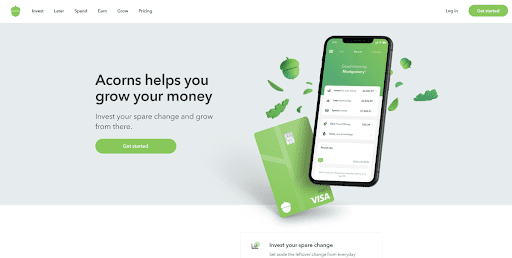
Acorn’s seamless interface makes it one of the most popular investment apps. You can start trading by linking debit or credit card to your account. It offers a three-tier membership.
Lite: It is a taxable investment account that charges $1 a month.
Personal: It gives all the facilities of a Lite account, plus you can add an IRA (Individual retirement account) and a checking account with $3 a month.
Family: It includes everything in the lower tiers. You can also open investment accounts for kids.
Features
You can add many accounts to the same linked checking account. It is an automated process where every transaction is rounded up to the nearest $1 value. Although you can keep a zero dollar minimum balance, you need to start the service with $5. You can earn rewards between $5 and $25 in a month, and it will reflect in your account in 60 to 120 days. You can create UTMA/UGMA accounts for your kids, and you can use this money for the benefit of your children.
Pros
- Educational Content
- Investing for kids
- Minimum Investment
- Automated approach
Cons
- Management fee
- Account fee
- Small investment Portfolio
Stash
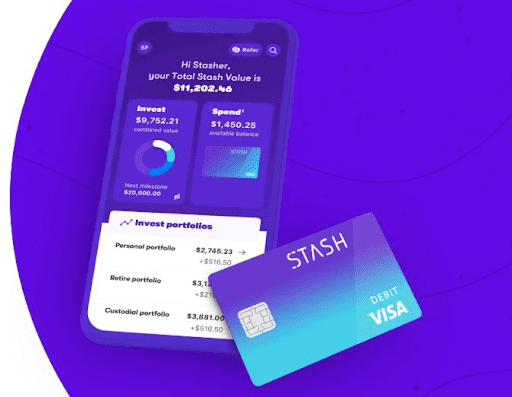
If you are a beginner in the investment market, you need to begin your investment journey with Stash. The process is very simple, and you can start trading with a $1 brokerage subscription fee. You can access Stash’sStash’s online bank account, debit card and its reward program from the same fee. If You need an IRA then, you can opt for a $3 a month account. But, if you need two custodial accounts for minors, then opt for a $9 a month account.
Features
You can select a range of suggested ETFs from Stash’s online account. Stash has added more than 3,000 stocks and ETFs to date for your convenient trading. Stash has specifically categorized and named it some unique acronyms that are easy to find and comprehend. Example Clean & Green is clean energy via the iShares Global Clean Energy ETF. Stash gives an automated approach to every flow of trade. The DRIP (Dividend Reinvestment Program) facility lets you automatically reinvest dividends given by investment payout.
Pros
- Educational content and support
- Fractional Shares
- Value-based investment offerings
Cons
- Some portfolios don’t offer tax-loss harvesting
- High ETF expense ratios
- Subscription fee
Webull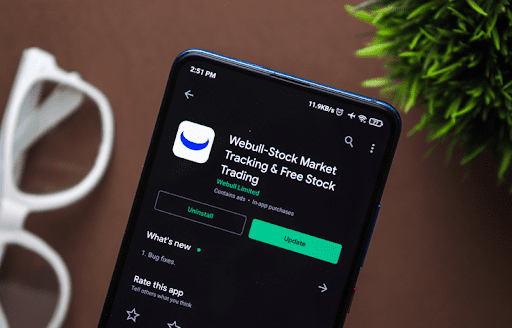
Webull is known for its seamless interface for desktop and mobile apps. It is best suited for advanced active traders who are busy analyzing level II market data from Nasdaq and offering in-depth charting. Recently, it has added individual retirement accounts, cryptocurrency and option trading.
Features
It offers free trading on stocks, exchange-traded funds, and American depository receipts. New investors can get overwhelmed with scintillating views of charts, indicators, graphs, and screens to easily analyze and comprehend. It bridges the gap between advanced traders and intermediate traders by giving full analysis with descriptions and pictorial representations.
Pros
- Low costs
- Easy-to-use platform
- Advanced tools
- Access to cryptocurrency
Cons
- No mutual funds
- Thin education support
- Weak cash management system
Wealthfront 
It is a holistic financial app serving automated investment management, helpful planning tools, diversified portfolios, and advanced tax optimization strategies. The whole process is automated, where dividends are automatically reinvested and money is deposited. It can cover US stocks, emerging market, foreign stocks, and emerging market bonds. If you are an investor worthy of a taxable amount of $100,000, you should opt for a Risk parity fund that can cover higher risk-adjusted returns.
Features
It provides advanced features for advanced plans. If you are a heavy investor of $500,000, its smart beta facility can determine volatility and dividend yield from the power potential return plan. Your first $5,000 is free, but afterwards, Wealthfront charges 0.25% for management. It has the facility of daily tax-loss harvesting on all taxable accounts. You can take advantage of its tax-minimized brokerage account transfer service.
Pros
- First $5000 managed free
- Low ETF expense ratios
- Daily tax-loss harvesting
- Automatic rebalancing
Cons
- No fractional shares
- No large-balance discounts
Betterment
It emerges as the leader among the robo-advisors (online investment advisors). It has two levels of plans. Betterment Digital- No need for minimum account maintenance, and it charges a 0.25% annual management fee. Betterment Premium- It gives you the facility of interacting with certified financial planners with a 0.4% fee on one condition; you must have deposited $100,000.
Features
It highlights the benefits of diversification. You can use Betterment’s flexible portfolios tool to automatically adjust the invested money in any particular ETF. Betterment has recently added Social Impact and Climate Impact portfolios besides having a Broad Impact Portfolio.
Pros
- Multiple portfolio options and customization
- No account minimum and low fees
- Fractional shares where you can utilize all your cash
- Robust goal-oriented tools
Cons
- No direct indexing
- No Safety net goals
Stockpile
The idea of stockpile generated when gift cards are tied to big brands stocks. From there onwards, it has multifaceted into stock trading, fractional shares and ETFs. The primary purpose of the stockpile is to teach stock trading and investment approaches to kids. Meanwhile, adults also benefit from its teaching. The card ranges from $1 to $2000.
Features
It charges $0.99 per trade. You can purchase either a physical card or e-card purchase. However, purchasing is easy but redeeming the card is quite tricky. The recipient must be a US citizen and must open a stockpile brokerage account. You can’t call its customer service center, but the mailing facility is available.
Pros
- Best way to give the gift of stock
- No annual fee
- No minimum account balance
Cons
- No direct customer support in the form of live chat or phone call
- Not available to non-US citizens or residents
- It is limited to 1,000 stocks and 100 ETFs.
Conclusion
The above guide brushes your information about investment apps 2021. The investment apps have financial benefits, but they have certain limitations too. Some of the apps like Webull, Stash and Wealthfront are for advanced and intermediate level traders. Meanwhile, it gives amazing benefits on high deposits, but fewer deposits have meagre benefits. Stockpile is best suited for kids who are keenly interested in trading and investment policies. Robinhood is the best-suited investment app for beginners as it neither takes management fee nor asks to maintain a minimum balance. Betterment and Stash have exceptional features on premium plans.
One thing is clear if you need to start your investment plans, begin with a free plan and after expertise, move on to the premium plan and for more information you can be in touch with financeshed. That is the best strategy to emerge as an active player in trading, financial management and innovative investment plans.
My name is Sardar Ayaz a professional content writer and SEO expert having Proven record of excellent writing demonstrated in a professional portfolio Impeccable grasp of the English language, including idioms and current trends in slang and expressions. I have ability to work independently with little or no daily supervision with strong interpersonal skills and willingness to communicate with clients, colleagues, and management.
I can produce well-researched content for publication online and in print, organize writing schedules to complete drafts of content or finished projects within deadlines. I have 12 years’ experience to develop related content for multiple platforms, such as websites, email marketing, product descriptions, videos, and blogs.
I use search engine optimization (SEO) strategies in writing to maximize the online visibility of a website in search results








